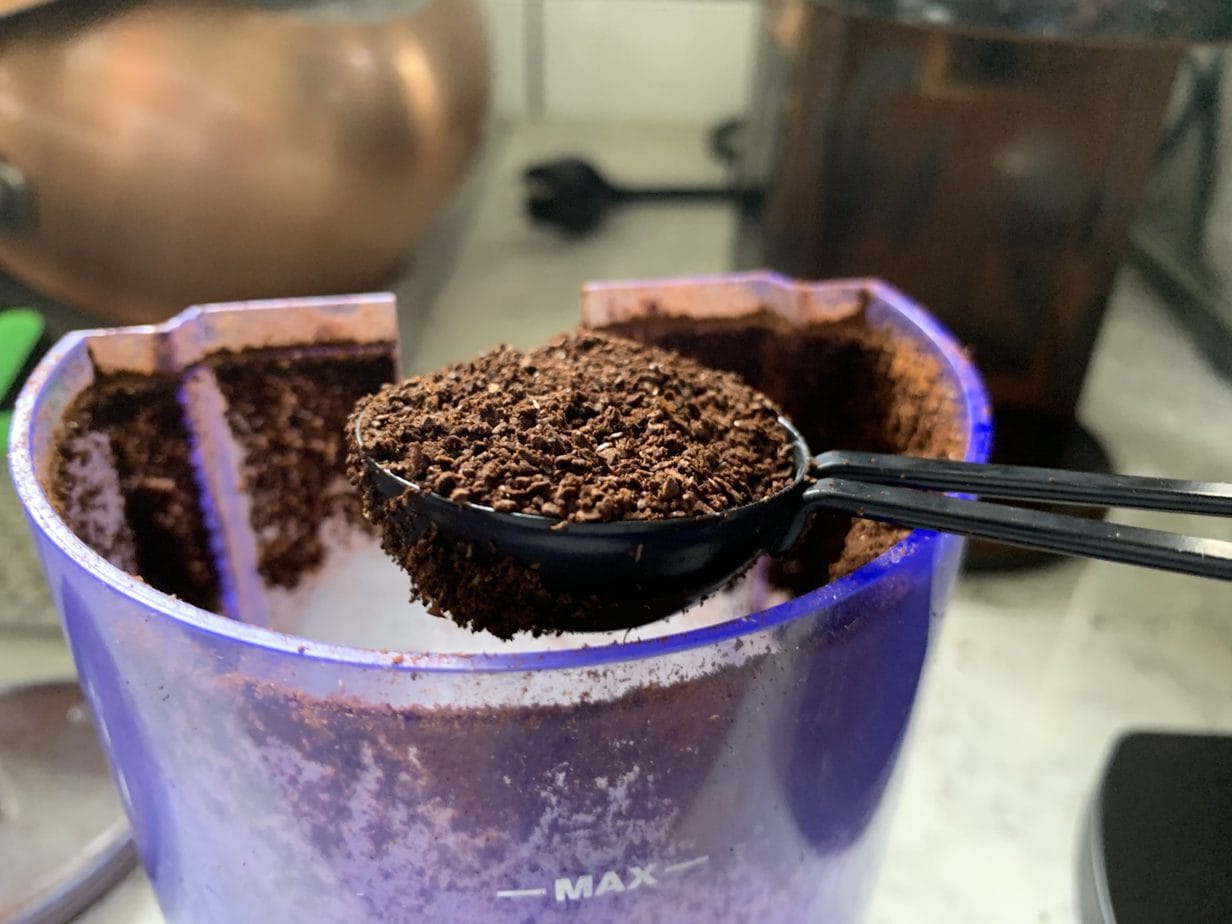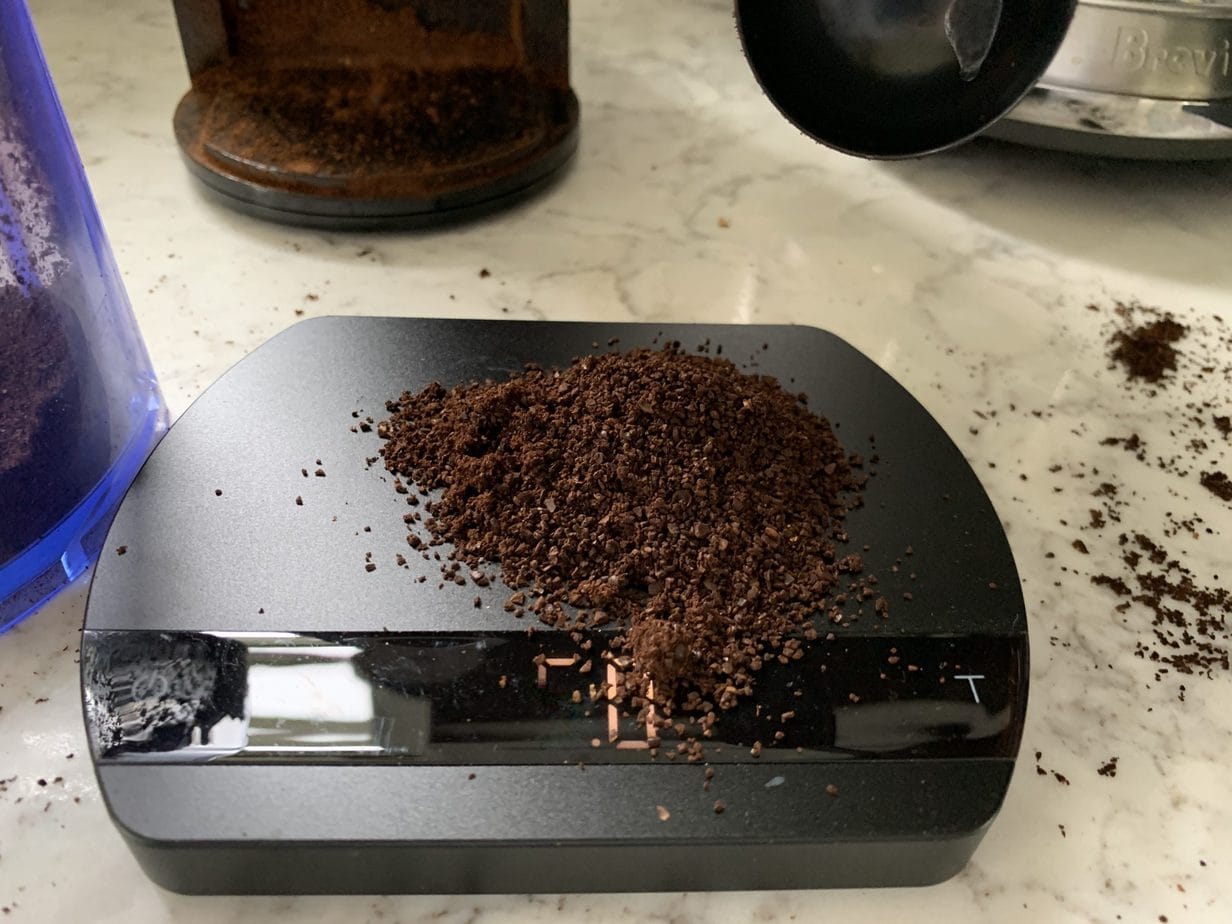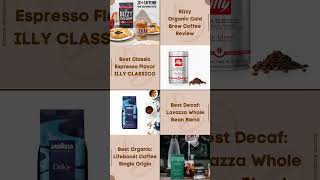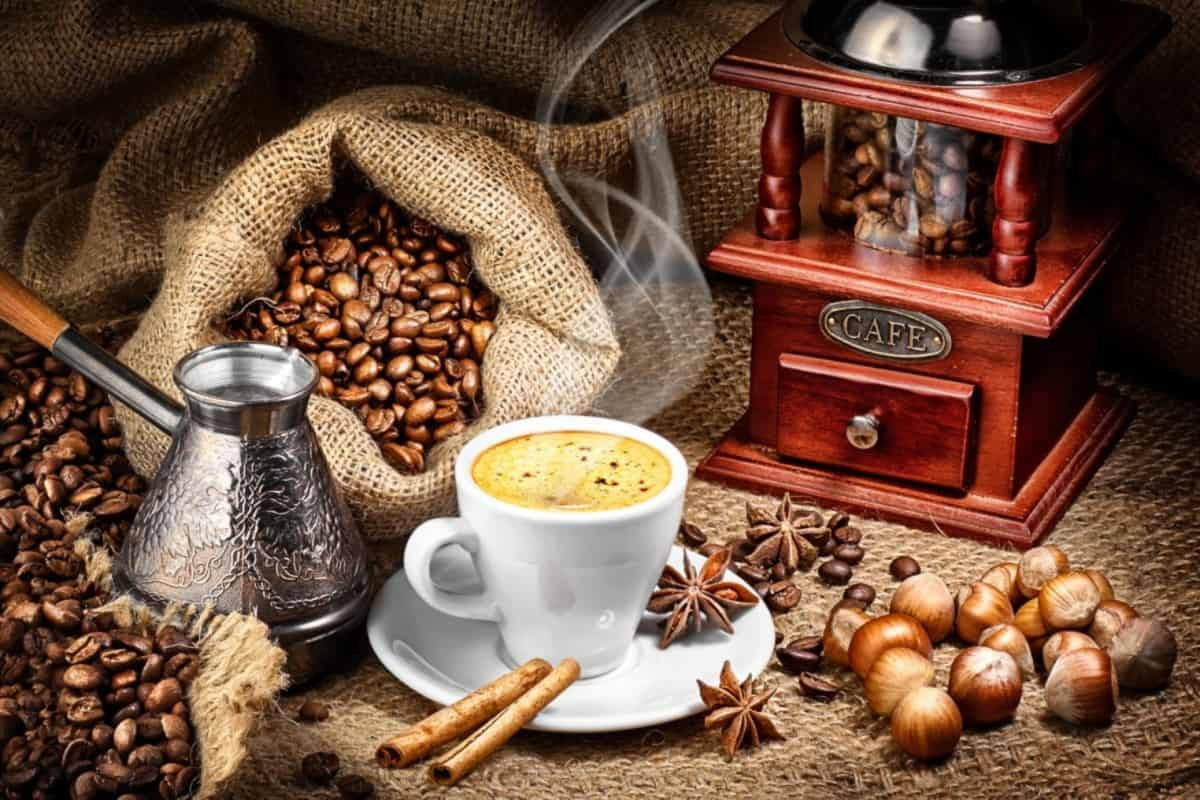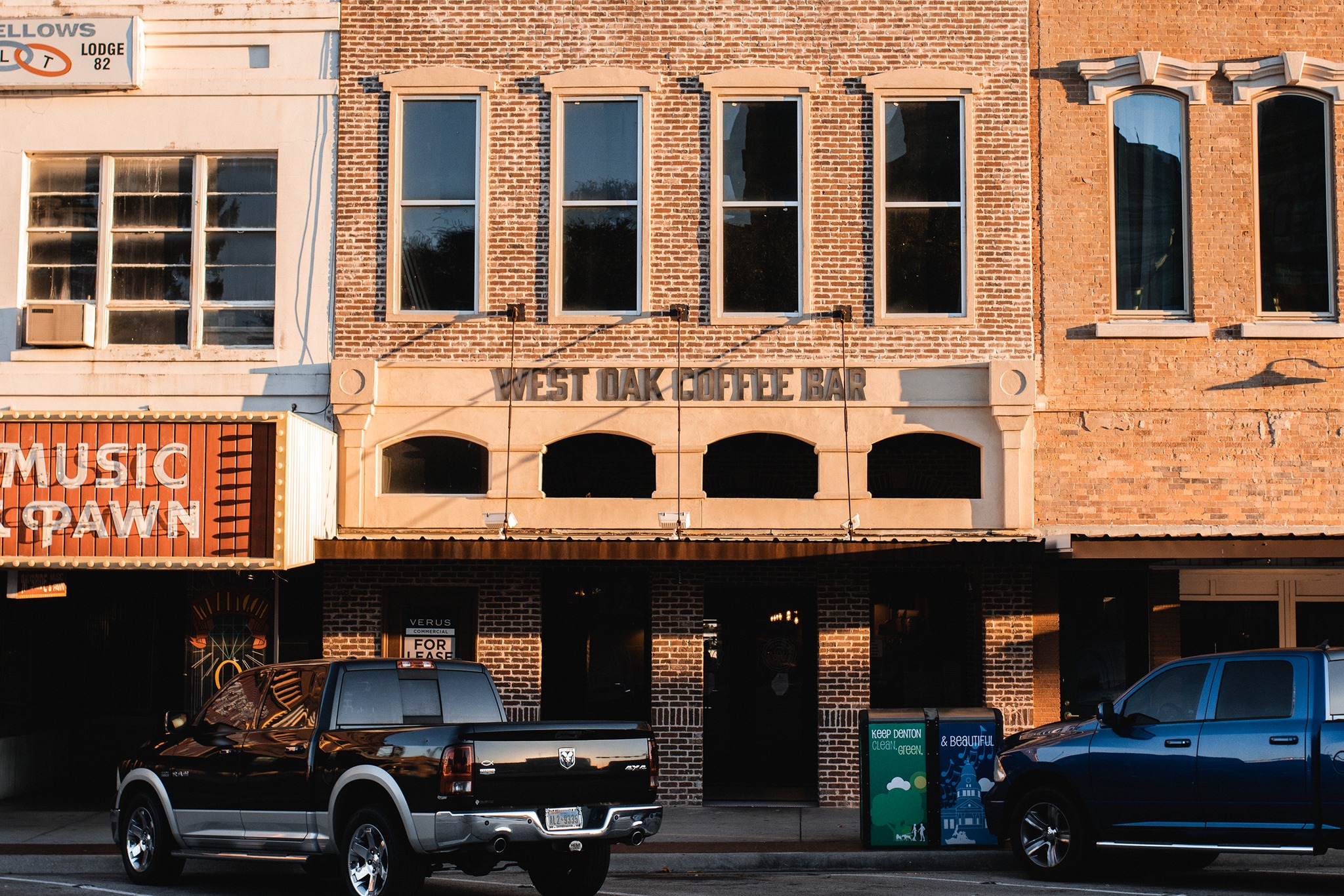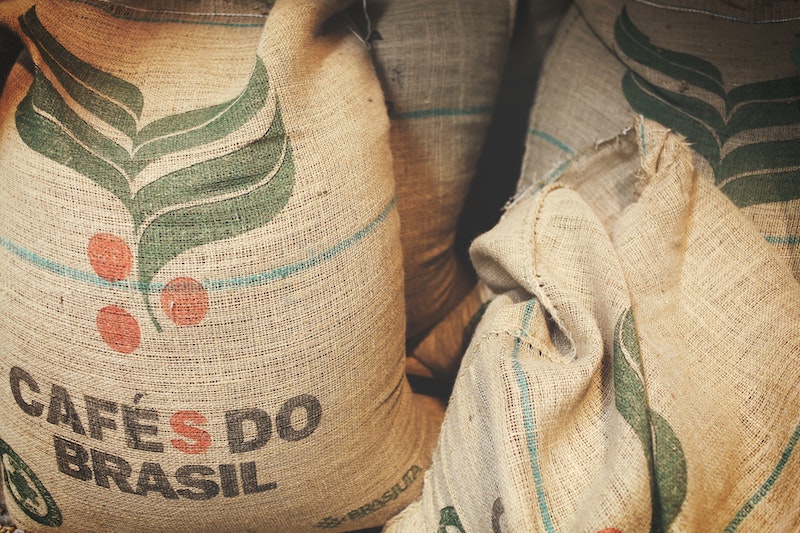coffee and water ratio calculator
before we get into the 17:1 vs. 15:1 ratio and how to measure coffee for french press vs. drip coffee and much more, above is a calculator we created to make the process as easy as possible. really simple.
Whether you’re using a standard automatic drip coffee maker or something a little more manual, we’ll help you determine exactly how much coffee to use.
Reading: How much ground coffee per cup of water
eliminating the confusion of tablespoons
As an American, when we start talking about measurements like milliliters and grams, it makes my eyes water.
just give it to me in good old fashioned spoonfuls.
The problem is that going from grams to tablespoons when measuring coffee can be a bit confusing. in fact, when I googled grams to tablespoons, I got the answer of “15”:
but, when talking about measuring coffee, that didn’t seem right to me.
so I grabbed my handy spoon and coffee scale to see how many grams of coffee you get in a tablespoon.
here is my very scientific experiment:
First, I took what might be called a “heaping” tablespoon, not exactly level.
I dropped it on the scale and it weighed exactly 5.0 grams. (I later realized that the digital readout didn’t look right on my camera, but I promise it was exactly 5.0).
I played a few more times and tried to really level the scoop and it dropped to something like 4.3 grams.
so, as you’ll see later in this article, I’m not smart enough to understand all the different conversion calculators or say they’re “wrong”. I just know that in the world of coffee grounds, one tablespoon of coffee is going to give you about 5 grams of coffee.
That’s why you’ll see in our chart below and in our calculator above, we say that 10.6 grams of coffee is about 2 tablespoons.
why is it important to measure
To brew a consistent cup of coffee every time, it’s important to develop the habit of accurate measurement. To do that, there is no substitute for a small kitchen scale that measures in grams. with it, you can measure water, beans and grains.
Our preferred ratio of water to coffee beans is 500 grams (or milliliters) of water per 30 grams of whole coffee beans. feel free to experiment, but this produces the closest thing to a universally acceptable coffee strength.
what you will need
- digital kitchen scale
- water
- coffee
how to do it
*let’s brew with a coffee to water ratio of about 1:17 to brew about 2 cups of coffee using the tables below. if you don’t already have a scale, use volume measurements to get by.
measure the water
Place the cold, empty kettle on the scale and press the tare button. this resets the scale to zero so it only measures what you put in the kettle.
then slowly add water to the kettle until it reaches 355 grams. once you get to the mark, set the kettle aside.
tip: if you plan to boil water, you can add a little more to compensate for the evaporation of the water.
measure the beans
Reset your scale and find a clean bowl or container to place on top of your grounds. press the tare button to reset things to zero.
See also: Head to These Hudson Valley Coffee Shops for Your Java Fix
then scoop the beans into their container until they reach 21 grams. if you use whole beans and grind them fresh, you can measure the weight with the whole beans before grinding.
time to prepare!
Now that you have the perfect amount of water and coffee, it’s time to start brewing. add your grounds to the filter of your drip coffee maker and pour the water into the reservoir.
adjusting portions
That wasn’t so bad, was it? the part that intimidates most people is figuring out how much coffee and water to use based on desired servings.
Because of this, brewing without an auto drip can be daunting. Especially for those of us less mathematically inclined, nailing down the ratio of coffee to water can be deceptively problematic. however, there is no longer any need for guesswork or mediocre coffee.
For reference, you can refer to this excellent chart as a starting point and adjust the proportions to your liking as you go forward. this roughly follows the 1:17 rule, but you can increase or decrease the amount of ground you use to prepare to achieve higher or lower intensities.
however, you should not decrease or increase the water component as you adjust. stick to the right amount of water for the size of your brew and change the amount of coffee you’re using instead. that way, you’re not really affecting the amount of coffee that’s brewed, just its flavor.
table of coffee preparation proportions
mix it up
These guidelines are great, but what if you want a stronger or weaker drink?
I need more power!
With drip coffee makers, adding extra grounds to adjust the coffee to water ratio works to fortify the brew to some degree. 1:15 to 1:18 is considered the “golden ratio”; however, we use a ratio of 1:17 because it falls around a good medium level of intensity. however, we really wouldn’t recommend going past 1:15 because there really can be too much of a good thing.
If you add too many beans for the amount of water you are using, your coffee will feel cloudy or heavy. plus, it probably won’t taste much stronger than a more adequate amount. so save your land and your money and don’t overdo it.
For those of you who have hit the upper limit, it may be time to invest in a darker roast or an entirely different brewing tool. drip coffee makers can only do so much, and if you’re craving a straight shot of espresso, they just aren’t going to cut it.
trying to avoid heart palpitations…
On the other end of things, you can go up to 1:18 and possibly a bit beyond, though not much. this will make a lighter, weaker coffee that is best enjoyed with minimal additions.
Just like fortifying your beer at the lower end of the ratio spectrum, having too few grounds can also cause problems. your coffee will not only taste weak, it may also be over-expressed. if that’s the case, your coffee will taste incredibly bitter. nobody wants that!
other preparation methods
With the third wave of coffee brewing in full force, there’s a good chance you’ll be brewing something other than an automatic drip coffee maker. so below, we have a helpful breakdown of how you should measure your coffee for each of the most popular brewing methods.
Note that these are mostly just rules of thumb. As we mentioned before, changing the ratio of coffee to water is also the way to change the strength of your brew. so think of these recommendations as a place to start your experimentation until you find the best combination for you!
Pro Tip: You can use the amount of water per serving from the guidelines above for these other preparation methods as well. it only changes the amount of coffee you are using.
cold beer
Let’s start with cold beer, the perfectly refreshing and relaxed summer drink. note that this type of brew creates a concentrate, rather than a finished brew. so later down the line it will be diluted with more water, so don’t start getting heart palpitations above our suggested ratios.
If you’re new to brewing, try starting with a 1:8 coffee to water ratio. this should give you a good mid-level strength intensity that is suitable for most. For those of you who already know you’re going to want something stronger, try starting at 1:5.
Moving on to how to dilute it, this stage is equally up to your tastes, so remember to mix it for every cup during your first batch. you should dilute the coffee concentrate as you drink it rather than in the carafe all at once.
You should start with a 1:2 ratio of coffee to dilute with ice. if you’re not a fan of ice, just add a little more water. taste the brew and go on from there, adjusting the dilution or brew ratio as needed.
pour
Serving coffee is a slightly more ingenious and exact science. so while you can probably get away with no scales for drip or cold beers, you’ll definitely need it for this method. If you’ve brewed coffee before, you know the difference having a gooseneck kettle makes. using a scale to measure is just as important, if not more so.
A good place to start your pour over journey is with a coffee to water ratio of 1:17. however, if you haven’t been able to get your hands on a scale yet, you can use 1-2 tablespoons of coffee per 6 ounces of water. this method won’t get exactly the same results every time, but it should be able to do the job anyway.
french press
See also: Best Coffee Filters: Top 11 Reviewed
now back to another more forgiving brewer, the french press. For those of you looking to achieve a stronger, bolder brew with thick, heavy flavors, start with a 1:10 ratio. people who prefer something a little lighter or more tea-like, start with 1:16.
Use those two ends as a guide and adjust them to fall somewhere in between as desired. For those of you who haven’t invested in a scale yet (seriously, you have to). start with a ratio of 2 tablespoons to 6 ounces of water and work up or down from there.
however, because a coarse grind is needed with French press brewing, there is a lot of room between grounds. therefore, the weight will be much more accurate than using another measurement method.
airpress
Next we have a team favorite, the aeropress. this is a pretty unique crafting tool. by changing your ratios, you can achieve anything from espresso-like strength to something close to your average brew.
However, unlike the other beers, this tool actually comes with a measuring system. the aeropress itself has oval markers labeled 1, 2, 3 and 4. it also comes with a scoop, the numbers correspond to the number of scoops/servings you are using/making, and the position of the label acts as a guide for adding water .
The brand recommends filling the press up to 1 or 4 numbers if you use 1 or 4 tablespoons. if you are using 2 or 3 tablespoons, you can fill to the bottom or top of the ovals. filling to the bottom will create a richer brew for something like a latte and the top will weaken the brew a bit so it is more appropriate for an americano or long black.
whole beans vs. ground coffee
Buying coffee beans and grinding them yourself is a great way to ensure your coffee is fresh. however, does this affect the way you measure your coffee?
well, if you’re using a scale, not really. Grinders, especially hand grinders, are generally designed to have little static, so your beans shouldn’t get very clogged, if at all. therefore, the weight of your beans should be essentially the same once ground as if they were whole.
On the other hand, if you simply use volume measurement tools, it can be a bit difficult to determine how much coffee to grind. but we have a general rule to help you.
each tablespoon contains around 5 grams of coffee and one ml of water weighs around one gram. From there, you just need to do some simple math using your chosen ratio.
Keep in mind, however, that while this estimate may work for some brewers, it leaves too much room for error for others.
frequently asked questions
why do you need a scale to measure coffee?
For most of the brewing methods above, a scale has a significant impact on the consistency and quality of your coffee. however, the level of need varies between methods.
For pour overs and other drip coffee makers, a scale is an absolute must. on the other hand, it is beneficial but not vital for dip beers such as French press and cold brew. it’s good if you want to step up your setup game, but you can get away with it without one.
Finally, if you have an aeropress, your tool is designed specifically for you to use your measuring tools. so while you could use a scale to experiment, using your guide will work just fine.
how do you measure coffee without a scale?
As you’ve probably noticed in the chart above, there are several ways to measure how much coffee or water you need to brew. If you can’t afford to invest in a scale or are simply using a preparation method where accuracy is less important, using your regular measuring tools will work just fine.
Things like automatic drip coffee makers or the nifty coffee dripper are designed to give you a bit of wiggle room in the coffee to water ratio. so if your weights are slightly off because you measured with tablespoons and cups instead of a scale, your coffee will still taste good.
However, we don’t recommend doing this with something like a pour because slight variations can completely change the outcome of your brew.
does the size of the grind also affect the strength of the coffee?
yes, up to a point. With measurements and proportions, you have a good amount of wiggle room to find what works best for you personally. however, you can affect the strength of your brew a bit by changing how coarse or fine you are grinding your grains.
now this is only really applicable if you are grinding your own beans (which you should be) and have a grinder with a considerable range of sizes. for example, you can use a slightly finer grind (such as medium or medium-coarse) than your usual coarse grind, the result will be a slightly stronger brew.
A similar principle applies to the other brew, finer grinds will be slightly stronger and coarser grinds will be weaker. however, this does not work in the same way as adjusting the ratio of water to coffee. you can adjust those measurements as much as you like for the most part.
but, if you use a grind that is too coarse or fine for the coffee maker you are using, your coffee will be extracted too much or too little. Also, if you use a grind that is too different from the one appropriate for your coffee maker, you could end up clogging or damaging it.
summarizing
Different methods and preferences will require different measurements. your journey down the bean path will yield a variety of approaches, so feel free to experiment. in the end, only you can decide what is best for your cup.
enjoy!
See also: 22 Mẫu Cửa Kính Quán Cafe, Trà Sữa Giá Rẻ Nhất, Thiết Kế Mã Độc Lạ
